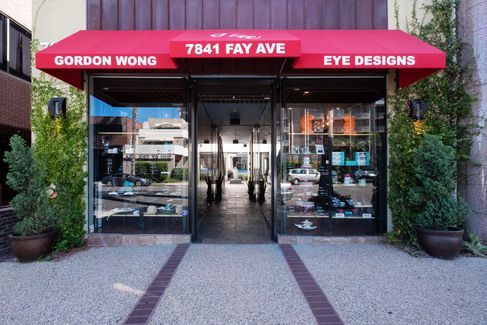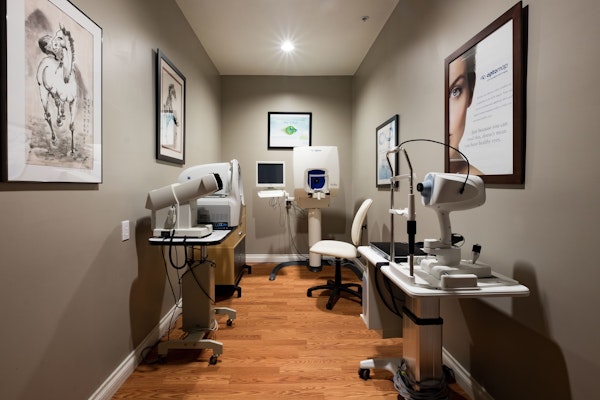Lower Order Aberrations vs. Higher Order Aberrations: Vision Care Issues
 The team at GW Eye Associates in La Jolla have achieve excellent results when it comes to advanced vision care. We carefully assess each patient to determine if they would best be helped through the use of corrective lenses or through advanced LASIK eye surgery for correcting refractive errors.
The team at GW Eye Associates in La Jolla have achieve excellent results when it comes to advanced vision care. We carefully assess each patient to determine if they would best be helped through the use of corrective lenses or through advanced LASIK eye surgery for correcting refractive errors.
Certain terms used by eye care professionals tend to be little known or misunderstood by the public at large. With that in mind, we would like to look at the nature of lower order and higher order aberrations in a bit of detail. By defining these problems, you will be better able to understand your vision issues.
About Lower Order Aberrations
Lower order aberrations refer to flaws of the cornea that result in the following common issues with eyesight:
- Nearsightedness (Myopia) - This refers to a condition in which it is difficult to see objects at a distance yet objects that are nearby are much clearer.
- Farsightedness (Hyperopia) - This refers to a condition in which it is difficult to see objects that are nearby yet objects at a distance are much clearer.
- Astigmatism - Astigmatism refers to a general blurriness of vision, which may occur on its own or in combination with nearsightedness or farsightedness. (Astigmatism can also be caused by issues in the curvature of the lens of the eye.)
Treatment Options for Lower Order Aberrations
The most common treatment options for lower order aberrations include the use of prescription corrective lenses (i.e., glasses and contacts) and refractive surgery procedures (i.e., LASIK, PRK, LASEK). The ideal treatment option for you and your needs will depend on the health of your corneas and other factors. In general, if you do not qualify for refractive surgery, the use of corrective lenses is ideal.
About Higher Order Aberrations
Higher order aberrations are also flaws of the cornea, through these tend to be more minute and complex in nature than the previously mentioned lower order aberrations. Some examples of higher order aberrations include the following:
- Glare
- Halos
- Starbursts
- Double vision
- Ghost images
- Poor night vision
- Poor contrast sensitivity
Treatment Options for Higher Order Aberrations
In order to treat higher order aberrations, advanced refractive surgery technology must be used. An example of this is custom LASIK surgery, which uses state-of-the-art digital mapping in order to detect small imperfections in the corneal surface. Once these are pinpointed, they can be corrected with a surgical laser.
Can lower and higher order aberrations be treated simultaneously?
Yes.
Custom LASIK surgery is able to address issues with higher order aberrations as well as lower order aberrations, meaning that patients will be able to experience exceptional vision thanks to advanced laser eye surgery. Custom LASIK has led to improved vision overall for this new generation of LASIK patients, with quality vision that simply was not possible to achieve in the previous generation of refractive surgery patients.
What treatment option would be best for my vision?
All vision patients are different, which is why it's important to meet with an eye care specialist in person in order to learn about your ideal option for care. For instance, custom LASIK has specific stipulations for candidacy based on age, corneal health, general eye health, and stability of prescription, so it may not be an ideal option for certain patients.
Speak with Our Eye Care Experts About Your Treatment Options
To learn more about treating vision problems of various kinds and enhancing your eyesight and overall vision health, be sure to contact our eye care specialists today. The team at GW Eye Associates looks forward to your visit and helping you undergo the treatment you need to see clearly.







